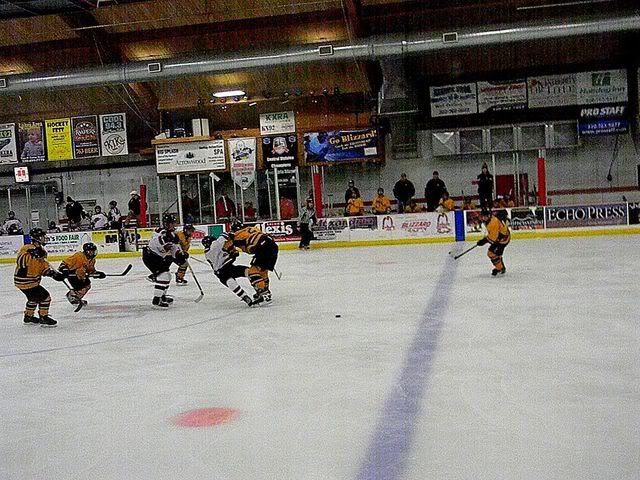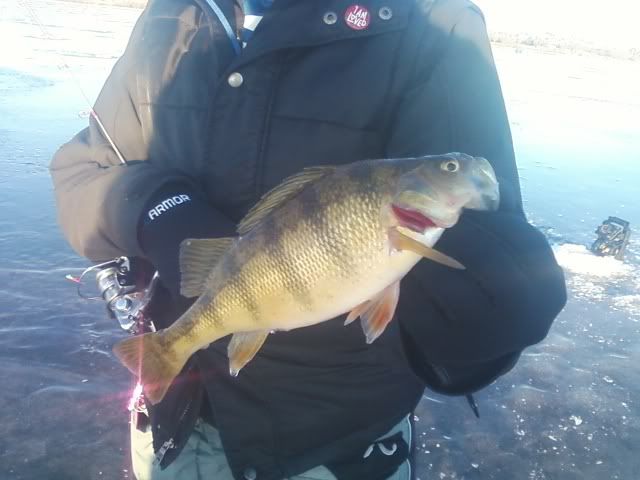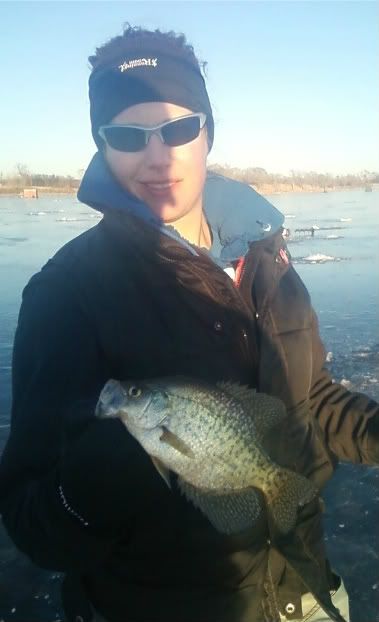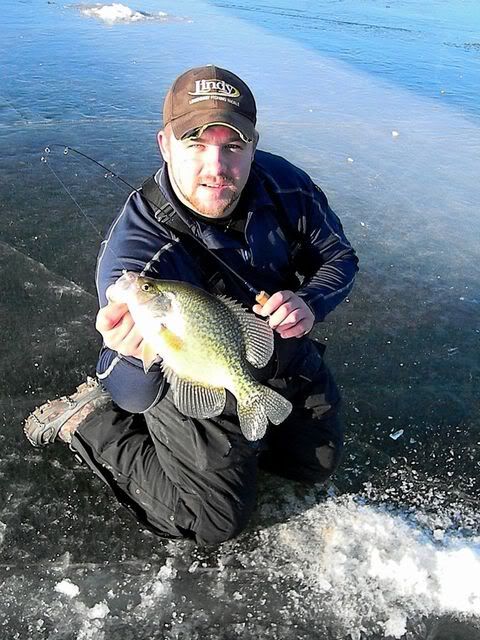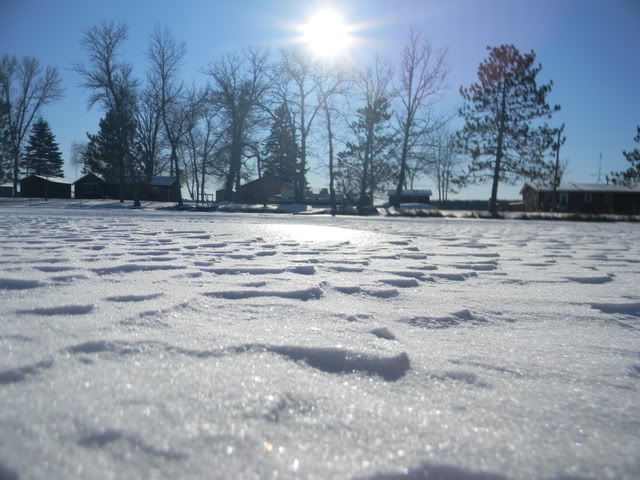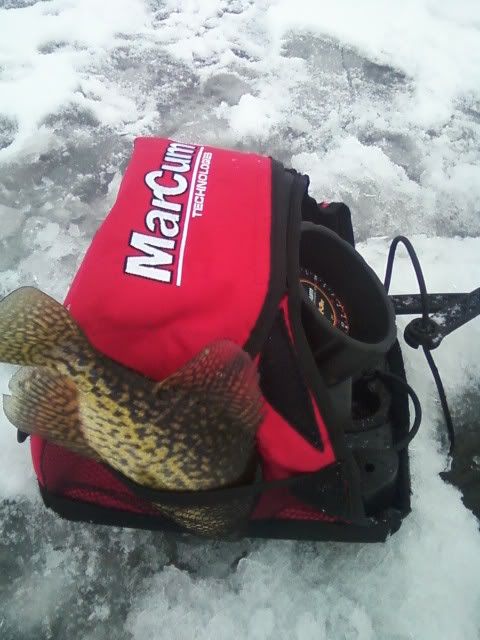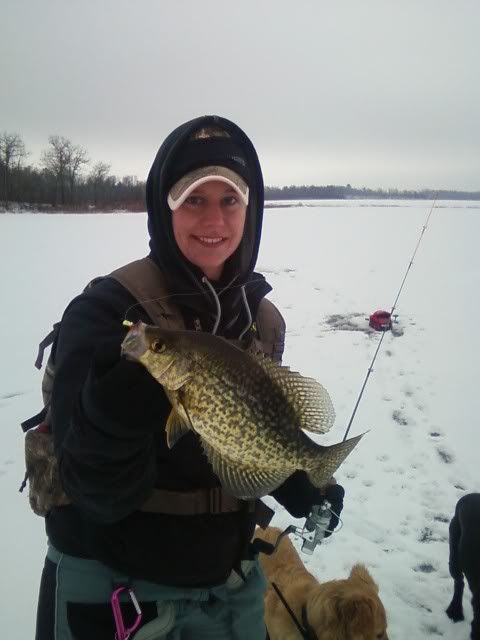Clicker Training Your
Retriever
By: Bob Bohland
I have to
admit the first time I walked into a retrieving class through Retrievers Etc.
with my new dog, I was not impressed. We were walking around with the dogs in a
circle, playing with noise makers and handing them treats. I let my girlfriend,
Brittany, do most of the work with the dog as I sat back, watching and
wondering how this was supposed to make my dog retrieve birds. The next night
we moved up to wooden blocks, and try as I might, I couldn’t seem to grasp what
exactly this was supposed to do. It wasn’t until later in the class, when the
trainer, Cathy Mahr, brought her dog out and showed how it was taught to
retrieve anything by going through these steps. As bored as I was, I will,
however, say that I was thoroughly impressed as her dog brought back a large
plastic chair without a command. The dog, and myself, have come a long way
since those first few classes. Not only have I started to believe in the system,
but my dog, River, has shown remarkable improvements and I have been able to
correct my older dog, Aspen’s flaw of dropping items at my feet; Who says you
cant teach an old dog/stubborn owner new tricks?
We have
continued on with the classes, which currently take place in Monticello , Mn for the past several months.
It really is fascinating to see how quickly these dogs learn all the different
tasks associated with clicker-training. My favorite part of each class though,
is those first couple nights. That’s when I get to look around the room and see
that same expression on the faces of some of the new guys as I had: blank,
bored, slightly annoyed that they are paying to play with noisemakers.
The main
idea behind clicker training is positive reinforcement. As many professional
and amateur trainers know, building a good retrieve used to depend on
force-fetching/ear-pinching a dog. However, when not done correctly, or with a
soft dog, this method can result in bad training, being bitten, or even ruining
a dog to retrieving altogether. With clicker-training, the old ideas that said
you should not begin training a dog until it is six months old go out the
window. As Cathy states, “with positive reinforcement, it is never too early to
start training/shaping a dog.”
The
beginning to a perfect retrieve, according to Mahr is, “to work backwards; I
teach the retrieve by shaping. Once your dog learns the shaping game you can
teach almost anything!” Cathy uses a marker as a bridge between the behavior
wanted and the reward, “I prefer a clicker because it is more precise than a
verbal marker. It also carries no emotion. The handler’s emotions/feelings can
be a problem. If you become worried or stressed about your dog’s performance it
comes through in your voice and influences the dog. None of this happens with a
clicker. Also, by working the retrieve backward we never have to tell the dog
to ‘come’ as they are always trying to put the retrieved item in your hand.”
There are
several steps to begin the shaping of your dog. The first of which is to get
your dog’s attention and make sure that it is “in-game”. This is done by
clicking and rewarding when the dog looks at you. Rewards can be a variety of
things dependent on the dog itself, “For some dogs a piece of their food is
reinforcing, for some petting. Hot dogs and chicken can be great. For our more
advanced dogs, the chance to retrieve again can be the reward. One puppy I know
would hold a dumbbell for a kiss on the nose.” The next steps involve several
different things, from getting the dog to touch your hand with its nose, to
grabbing a dumbbell out of your hand. Once your dog has learned to associate
these steps with reinforcement, it can be taught to bring anything back to you
with a couple of steps. This is normally the part of the class where Cathy will
demonstrate with a plastic chair, a shoe, even a dropped clipboard; and her dog
will bring it back to her without any command given.
“Now for
the bad news,” says Cathy, “There can be a million variations in how I get
these steps done. One thing to acknowledge after you find what is reinforcing
is to eliminate anything the dog finds aversive to the process. For instance if
you are standing, some dogs may find this intimidating, so sit down; if the dog
finds a loud room intimidating, start in a quiet enclosed room at first. All of
these things can be reintroduced once the dog’s will to retrieve is strong. But
at first, remove as many aversive influences as you can.”
By the end
of your class, you will have a ‘tool bag’ of tricks to continue shaping your
dog as it develops. These tools also allow you to correct any mistakes or bad
habits your dog is bound to develop. “Essentially, everything goes back to
those original hand-touches that you taught your dog, this is the basis for the
entire method of training and is the gateway to all further training” states
Cathy.
Classes
fill up fast, as they like to keep the group sizes small and they take place
across from the Monticello
pet hospital in their new training facility, which also has an outdoor section
for dogs to receive in-the-field work outside of the classroom. Other classes
taught include Basic Obedience, Agility, Kids and K9s, and Rally Obedience. With
44 years of training experience, Cathy’s classes will not disappoint, so don’t
hesitate. If you would like to learn more about Cathy Mahr’s classes or
Retriever’s Etc. you can visit the website at: www.retrieversetc.com, find them
on Facebook with a search of ‘Retrievers Etc’ or contact the Big Lake,
Monticello, St. Michaels, or Elk River , Mn’s
community education departments.


